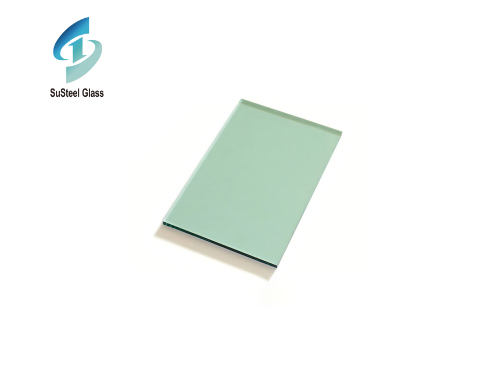In the ever-evolving world of architecture, the use of
architectural glass has become synonymous with modernity, innovation, and aesthetic appeal. This article explores the multifaceted role of architectural glass, delving into its diverse applications, unique properties, and the transformative impact it has on the design and functionality of contemporary spaces.
Versatility in Design:
Architectural glass, known for its versatility, has redefined the possibilities in architectural design. Its transparent nature allows architects to create spaces that seamlessly integrate with the surrounding environment, fostering a sense of openness and connectivity.
Natural Light and Transparency:
One of the key advantages of
architectural glass is its ability to invite natural light into interior spaces. This not only reduces the reliance on artificial lighting but also enhances the overall well-being of occupants by providing a connection to the outdoors. The transparency of architectural glass blurs the boundaries between indoor and outdoor spaces, creating a harmonious blend.
Applications in Modern Architecture:
Skyscrapers and Urban Landscapes:
Architectural glass has become a defining feature of modern skyscrapers, adorning urban landscapes with sleek, reflective facades. The use of glass curtain walls not only contributes to the aesthetic appeal but also maximizes panoramic views from high-rise structures.
Residential Spaces:
In residential architecture, the incorporation of architectural glass brings an air of sophistication and modernity. Large glass windows, glass doors, and even glass partitions create bright, open living spaces that feel connected to the outdoors.
Commercial Buildings:
Commercial structures leverage architectural glass for impressive entrances, atriums, and facades. The transparency of glass imparts a sense of transparency and accessibility, making it an ideal choice for corporate offices, retail spaces, and public buildings.
Specialized Glass Technologies:
Smart Glass:
Technological advancements have given rise to smart glass, capable of changing its transparency in response to external factors such as sunlight or electrical voltage. This innovative application enhances energy efficiency and privacy control in buildings.
Low-E Glass:
Low-emissivity (Low-E) glass is designed to minimize heat transfer, making it a valuable asset in climate control. It helps maintain comfortable indoor temperatures while reducing reliance on heating and cooling systems.
Sustainability and Energy Efficiency:
Architectural glass, when employed strategically, contributes to sustainable design practices. The use of energy-efficient glass technologies, coupled with proper insulation, promotes energy conservation by minimizing the need for artificial heating and cooling.
Challenges and Innovations:
While architectural glass offers numerous benefits, challenges such as glare, heat gain, and privacy concerns have prompted ongoing innovations. New coatings, patterns, and smart technologies aim to address these challenges, ensuring that architectural glass continues to evolve to meet the changing needs of designers and occupants.
Conclusion:
In conclusion, architectural glass stands as a hallmark of contemporary architecture, transforming spaces into luminous, dynamic environments. Its seamless integration of design, functionality, and sustainability has positioned architectural glass as an essential element in the creation of iconic structures that define the modern urban landscape. As technological advancements persist and design philosophies evolve, architectural glass will undoubtedly continue to shape the future of architectural expression and spatial experiences.



 Exploring the World of Green Tinted Glass Products: Versatility and Sustainability
Exploring the World of Green Tinted Glass Products: Versatility and Sustainability
 Exploring the Versatility and Elegance of Custom Thick Glass
Exploring the Versatility and Elegance of Custom Thick Glass
 Unveiling the Strength and Versatility of Laminated Glass: Exploring Material Properties
Unveiling the Strength and Versatility of Laminated Glass: Exploring Material Properties
 Enhancing Safety with Blast Resistant Glass: Innovations, Applications, and Protective Solutions
Enhancing Safety with Blast Resistant Glass: Innovations, Applications, and Protective Solutions

